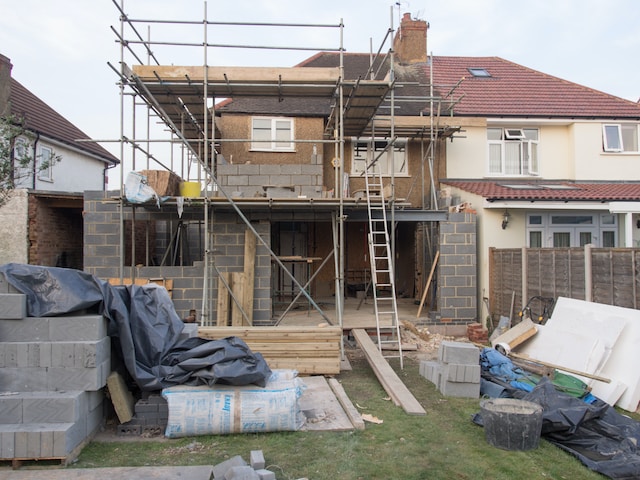When considering whether to take on a home improvement project yourself or hire a contractor, what immediately comes to mind is cost savings. While this is a real benefit of DIY home improvement, it’s not the only one. So even if you don’t need to cut costs, don’t write off the idea immediately. There are other considerations that may sway you.
Besides cost savings, the most significant advantage is control. You can work on your own schedule; no need to clear your calendar for appointment times. Contractors usually get materials from the same source every time, so the quality and range of choice isn’t guaranteed. Some will let you purchase the materials, but if you do it all yourself, you know that option is available to you. Another benefit is skill development. Whether you’re a contractor yourself or just a regular person, DIY projects are an opportunity to expand your knowledge base and practice practical skills. Once you do your first DIY project, future projects will be much simpler for you, so you can potentially avoid calling a contractor at a later date as well. A less practical, but still noticeable, benefit of DIY work is personal satisfaction. It’s well established that seeing a project through yourself from beginning to end, no matter what type of project it is, is highly fulfilling. It’s a very good confidence booster.
Photo by Roselyn Tirado on Unsplash



















